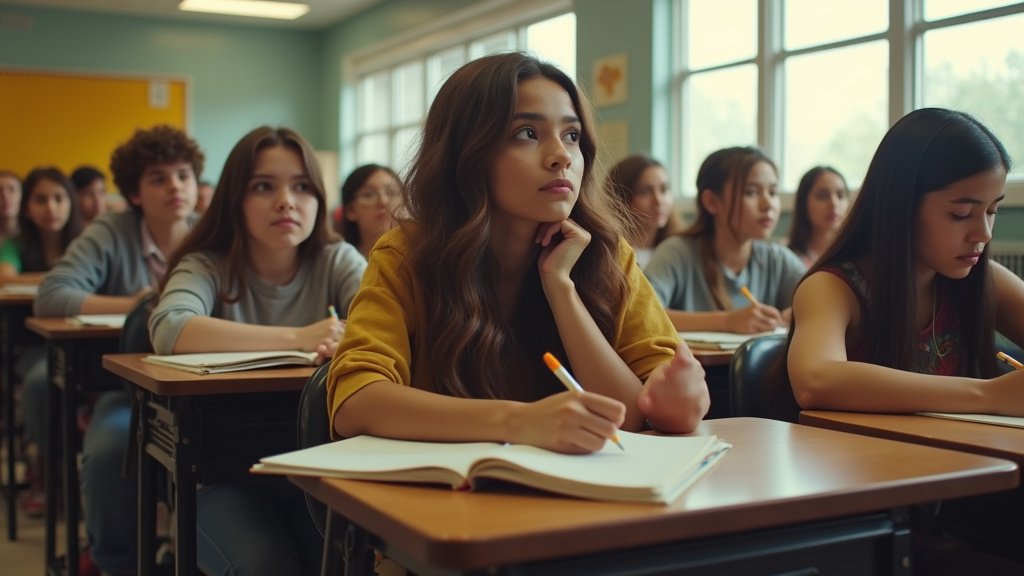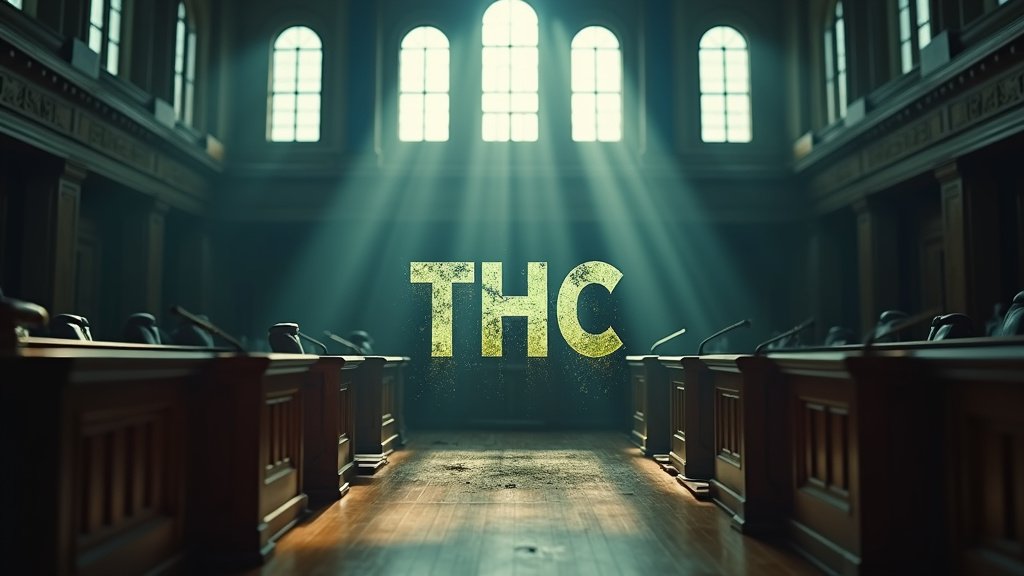Texas Implements Statewide K-12 Cellphone Ban: A Shift Towards Focused Learning Environments
AUSTIN, Texas – As the 2025-2026 academic year unfolds, Texas public schools are navigating a significant change: a statewide ban on student cellphone use during school hours, mandated by House Bill 1481. Officially taking effect on September 1, 2025, the legislation, authored by Representative Caroline Fairly, aims to curb classroom distractions, enhance academic engagement, and foster better social interaction among students. While educators and administrators largely praise the move, citing early signs of positive impact, the transition has sparked mixed reactions from students and parents across the Lone Star State. This development represents a top trending topic in Texas education news.
The Legislation: HB 1481 and its Mandates
House Bill 1481, signed into law by Governor Greg Abbott on June 20, 2025, requires all Texas public school districts and open-enrollment charter schools to adopt and implement policies prohibiting students from using personal communication devices during the school day. This includes cell phones, smartwatches, tablets, and any other device capable of telecommunication or digital communication. School systems were given until September 18, 2025, to finalize and implement their policies. The law grants districts flexibility in how they enforce the ban, offering two primary compliance options: prohibiting students from bringing devices to campus altogether, or designating secure storage areas for them. The bill also carves out specific exceptions, allowing device use when required for individualized education programs (IEPs), Section 504 plans, physician-ordered medical needs, or to comply with health and safety requirements.
The impetus behind HB 1481 stems from growing concerns among lawmakers and educators about the pervasive impact of smartphones on student learning and well-being. Legislators highlighted research suggesting that constant notifications, social media use, and texting during instructional time can lead to decreased attention spans, lower academic performance, and increased anxiety and cyberbullying among adolescents. Rep. Caroline Fairly, a Gen Z member of the Texas House, emphasized the need to support educators by creating a more focused learning environment, stating that phones are a significant distraction from academics like math, science, and reading. This initiative aligns with a national trend, as more than half of U.S. states have enacted similar restrictions on student cellphone use in schools.
Educators Report Positive Early Outcomes
In the initial weeks following the ban’s implementation, many Texas educators and school administrators have voiced enthusiastic support, observing tangible benefits in their classrooms and school environments. Districts across the state have adopted various strategies, from requiring students to place phones in secure pouches or lockers to implementing increased monitoring. Administrators report that students are more engaged during lessons, make better eye contact, and are more inclined to participate in face-to-face conversations, particularly during lunch and break periods. John Khun, superintendent at Abilene ISD, noted that students have been observed engaging in more direct social interaction, even resorting to games like Uno during lunch to facilitate peer engagement. Teachers have also shared that students are more attentive and less preoccupied with digital distractions, leading to fewer classroom management issues.
Diverse Reactions: Students and Parents Weigh In
While many educators welcome the renewed focus, the student and parent response is more varied. Some students acknowledge the benefits, with high schooler Piper Freeman noting that the distraction of other students on their phones detracts from the classroom environment. Isabella Cortez echoed this, observing that widespread phone use often prevents work completion. Parents, including Dallas ISD parent and former teacher Megan Freeman, support the ban, believing it enhances classroom safety and provides teachers a better environment to instruct. They also see potential for improved academic performance.
However, concerns persist among other segments of the school community. Critics, including some parents and students, worry about safety and emergency communication. They question how students can contact parents or emergency services if their phones are locked away, particularly in light of school safety incidents. Concerns are also raised about students who rely on their devices for accessibility, translation, or specific learning apps. Some students feel the ban is overly restrictive and diminishes their ability to record memories or maintain routine communication with family, arguing that other issues like weapons and drugs in schools should take priority. The interpretation of the law also presents challenges, with some districts adopting a strict “bell-to-bell” ban, while others allow limited use during non-instructional times, leading to confusion about the full scope of the prohibition. Rep. Fairly has clarified that the legislation’s intent is for devices to be put away for the entire school day.
Implementing the Ban: Challenges and Support
School districts are actively working to align their policies with HB 1481. Strategies include magnetic pouches that seal phones until the end of the day, designated storage areas in classrooms or lockers, and clear disciplinary actions for violations. The Texas Education Agency (TEA) is supporting districts with guidance documents and a $20 million grant program to assist with the purchase of secure storage solutions and implementation infrastructure. Despite these measures, some districts face challenges in enforcement, with a few students attempting to circumvent the rules. The success of the ban hinges on consistent implementation by school administration and staff, as highlighted by research from West Texas A&M University, which found teacher consistency to be key in policy adherence.
The Path Forward: Monitoring Impact and Evolving Policies
The full impact of the Texas school cellphone ban will continue to be assessed as the academic year progresses. Researchers are studying the effects on student learning, behavior, and classroom culture. While early anecdotal evidence from educators points to increased engagement and reduced distractions, the long-term consequences on academic achievement, mental health, and social development remain an area of ongoing observation. As Texas joins a growing number of states in restricting cellphone use, the debate over balancing technological integration with focused learning environments is set to continue, shaping the future of education in the state and beyond. This evolving news story highlights a significant shift in educational policy.






